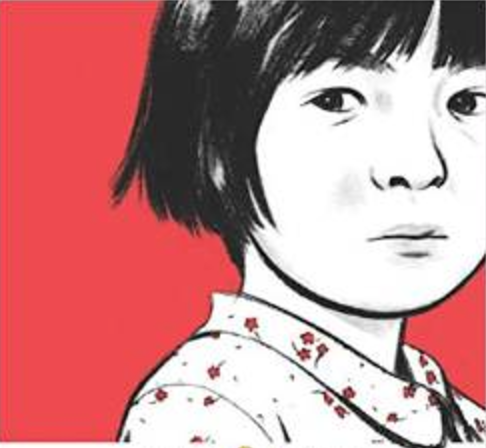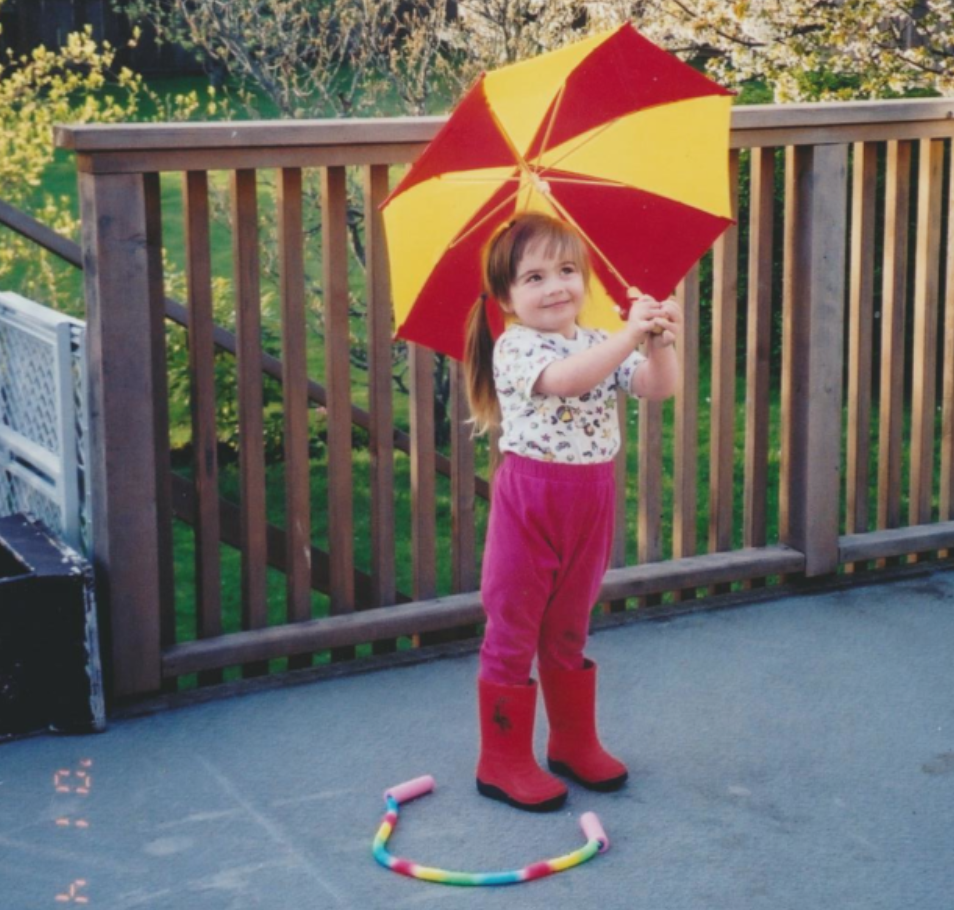
“Empathy is about standing in someone else’s shoes, feeling with his or her heart, seeing with his or her eyes.” -Daniel H. Pink
In her book Obasan, Canadian author Joy Kogawa depicts Canada’s internment and persecution of Japanese civilians during World War II, following the attack on Pearl Harbour in 1941. The story is told from the perspective of a young girl, Naomi Nakane who tells us the story of her childhood living through the Japanese internment and of her life thirty or so years later.
At the beginning of the novel, Naomi begins to think back on her past and remembers many happy times that she shared with her family. She talks about her favourite children’s tales such as the story of Momotaro, a boy who emerges from a peach, memories of her train ride to Slocan, carrying a red umbrella and wearing a shirt decorated in red flowers and memories from the New Year celebrations with her family. Although she doesn’t recall everything, when she is thinking back, Naomi remembers happy and vivid memories from her past. The red in her memories represents how the memories that Naomi does remember are bright and intense-just like the many red items she treasured as a little girl.
When thinking back on my own past and on my own childhood, I similarly begin to remember many happy times as a kid such as the times when we threw my Dad’s football around in the backyard and I always thought I was throwing the perfect touchdown throw (little did I know, I could probably only aimlessly throw it a couple of feet ahead of me). I remember the times my Mum and I would toss “reindeer food” every Christmas Eve out on our grass to feed Santa’s reindeer in the midst of their long journey. I remember the times I splattered paint all over myself and created an endless amount of artwork that covered every wall in the house to showcase my inner-Picasso. I even remember playing with my red and yellow umbrella and wearing a shirt decorated in red flowers-just like young Naomi in the novel.


As I read through Obasan, I stepped into the shoes of the protagonist Naomi Nakane, reading about all of the hardships and difficulties she and her family faced during the Japanese Internment in 1941 to 1949 and onwards. Being referred to as an “enemy within” or an “enemy alien” and living in a world full of violence, xenophobia and hatred is beyond hard to imagine. The Japanese Internment in Canada affected over 23,000 Japanese, many of them being Canadian citizens, some of them even third generation Canadians, such as Naomi. This is echoed in the novel when Naomi says angrily: “Why in a time of war with Germany and Japan would our government seize the property and homes of Canadian-born Canadians but not the homes of German-born Germans?” (Kogawa, 1981, p. 213).
It’s heart wrenching to imagine stepping into the shoes of Naomi during this time and to imagine all of her happy times being taken away due to the threat that she and her family presented because of their being of Japanese descent.
No child should have to face this type of discrimination-no matter what their race, ethnicity or identity.
Recent Comments